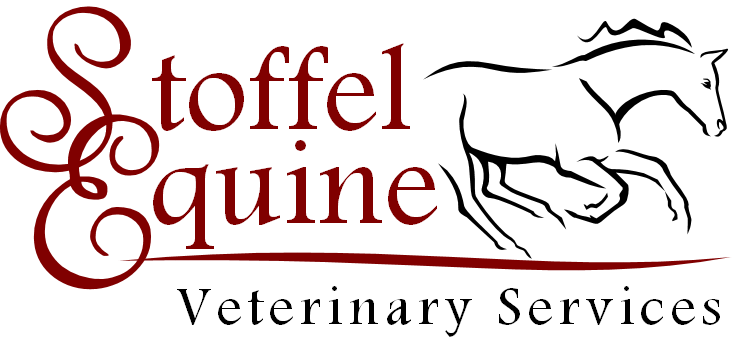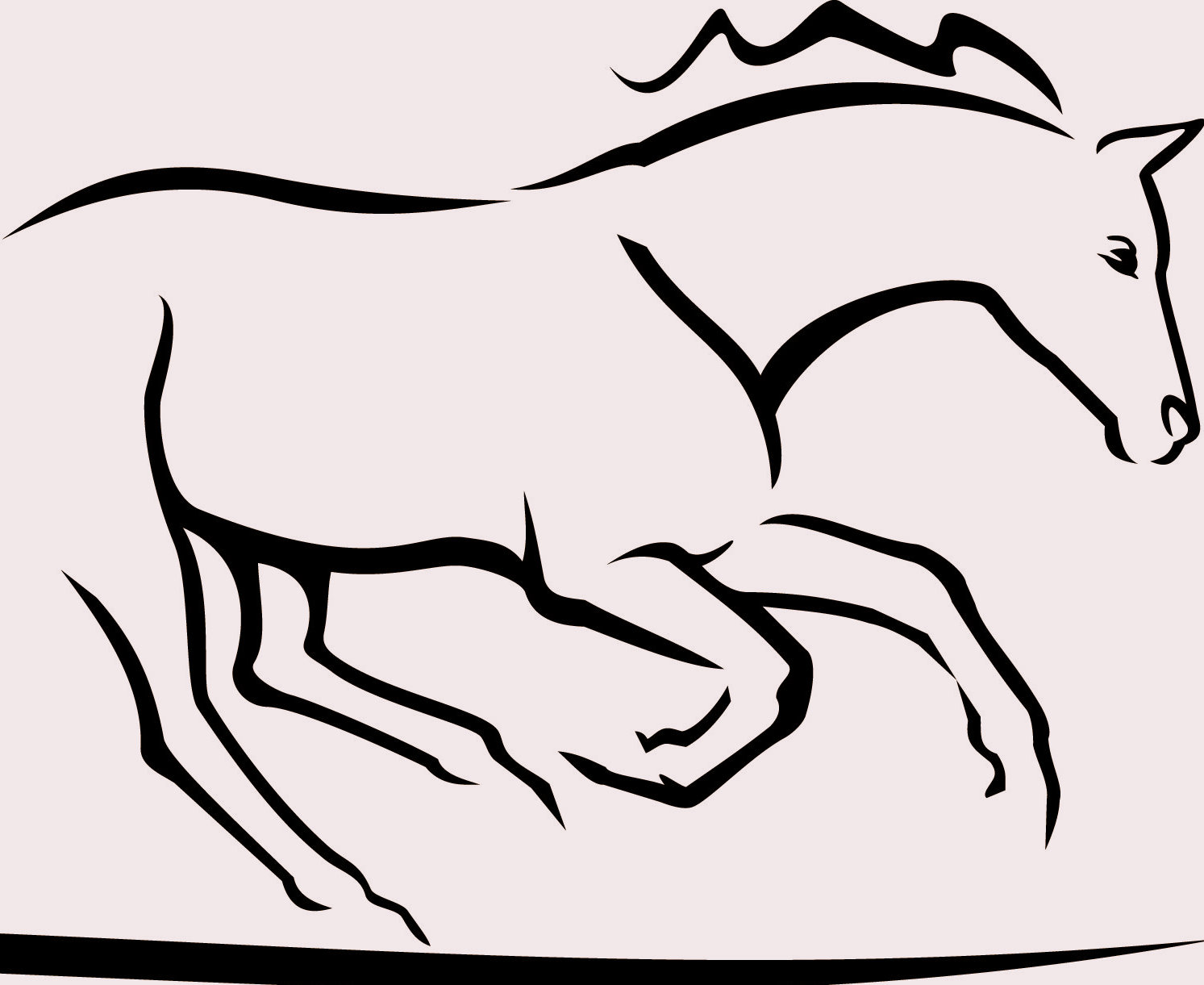
Get out your protractors: New research shows that the various angles of the outer and inner hoof are directly linked to various kinds of lameness, and knowing the angles could help determine which kind of lameness a horse has or is likely to get.
"In our study, we found that there was a significant association between some conformation parameters (of the hoof) and certain lesions or injuries," said Renate Weller, DVM, PhD, MSc, Vet Ed, MRCVS, a senior lecturer in the Department of Veterinary Clinical Sciences at the Royal Veterinary College in Hertfordshire, U.K.
Weller's emphasized the importance of the hoof conformation you can't see: Internal angles are equally as important, if not more, as external angles in evaluating lameness or the potential for lameness, Weller said.
"I recommend assessing foot conformation radiographically (using X ray), since I have seen a fair number of horses that appear to have excellent foot conformation when looking at them from the outside and then have (conformational issues) when radiographed," she said. "We think this has become more common in the last few years." The reasons for that, however, are still unclear, she said.
Good hoof conformation--inside and out--is mostly about good angles, according to Weller. Outside angles include the toe angle (the degree between the front hoof wall going up and flat ground) and the heel angle (degree between the up-going heel wall and flat ground). Inside angles include the sole angle (the degree between the distal phalanx, or "coffin bone," and a straight horizontal line) and the deep digital flexor tendon angle (the degree of the deep digital flexor tendon around the navicular bone). Weller considered other measurements, including straight distances among hoof structures, in her study, but they were less useful in determining different kinds of lameness, she said.
Weller and her research associates, led by Kate Holroyd, MSc, also of the Royal Veterinary College, studied conformation parameters in 179 lame horses with different sources of lameness.
Overall, when sole angles were relatively small (more "pointed"), the horse was more likely to have lameness caused by deep digital flexor tendon and navicular bone issues. "This agrees with the theory reported by others that a one-degree change in sole angle can lead to a 4% increase in the pressure exerted by the deep digital flexor tendon on the navicular bone," Weller said. A smaller sole angle also affects the biomechanical function of the horse's hoof as it moves over and across the ground, putting abnormal pressure on various structures within the foot and causing, she added.
Other key findings included:
Good farriery care can help correct external and even internal angles, said Weller. And it's important to keep in mind that the both the internal and external angles from her study might actually be the result of the lameness rather than the cause of it, she said.
Further studies comparing lame horses to healthy horses are under way.


Other Articles
CT Scans Can Help Diagnose Stifle Lameness
Diagnosing And Treating Equine Neck And Back Pain
Fossil Evidence Of Laminitis In Ancient Horses
Hoof Anatomy: Outer Structures
Hoof Cracks: Types And
Treatment
Joint Injections
MRI To Evaluate Suspensory, Sesamoid Injuries
Physical Exam Of The Horse Hoof
Prepurchase Exams: A Health Care Must

Dr. Krystyna Stoffel, D.V.M.
651.226.6862
Nick Stoffel,
Farrier
651.270.1044
13014 265th Street, Welch, MN
55089
Contact Stoffel Equine Veterinary Services
Request
An
Appointment
with Stoffel Equine

Stoffel Equine is an ambulatory, equine exclusive veterinary practice focusing on lameness and performance issues.
We are dedicated to preventing, diagnosing and treating injuries and ailments of equine athletes. We provide customized services and care unique to your needs.
Stoffel Equine, brings the veterinary clinic to your front door, equipped with the latest equipment and technology. We diagnose and treat lameness problems on your farm with the portable, stall side, digital x-ray and ultrasound. This equipment provides immediate diagnosis of any abnormalities.
Our portable shockwave machine, also provides immediate treatment for soft tissue and some joint disease.
Our goal is to enhance your horse's quality of life.
Please contact us for more information, or to schedule
an appointment.
© Copyright 2011
Stoffel Veterinary Services